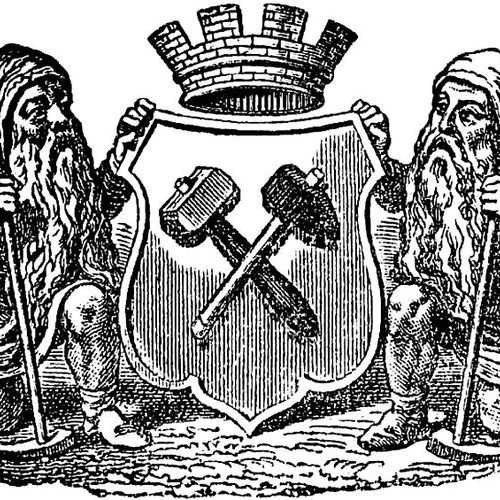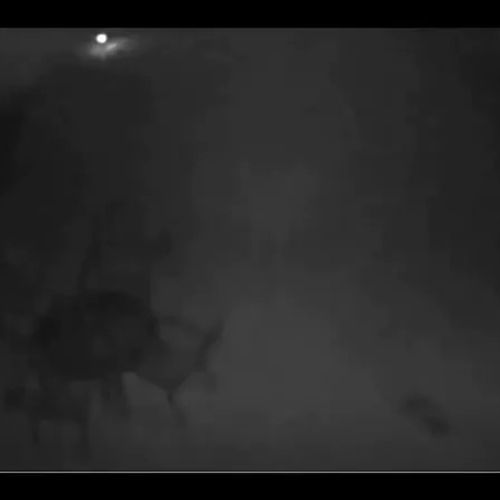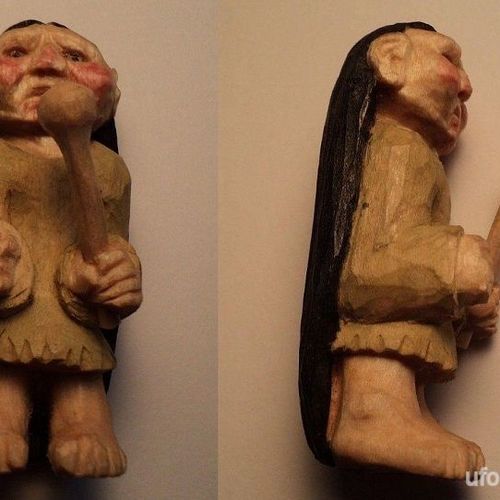
| Added | Thu, 14/06/2018 |
| Hierarchy | |
| Другие названия | Tsverg
Dwarf
Nano
Nain
Carla
|
| Область распространения | United Kingdom
Finland
Poland
Germany
France
Italy
Czech Republic
Russia
Ukraine
Belarus
|
| Характерные признаки |
→
→
→
→
→
→
→
→
|
| Sources | Хорхе Луис Борхес "Книга вымышленных существ" — Мн.: Старый свет, 1994
А.Н.Афанасьев "Поэтические воззрения славян на природу" — М.: Современный писатель, 1995
|
According to the mythological dictionary, dwarves in the lower mythology of the peoples of Europe are called small anthropomorphic creatures that live most often in the mountains (less often-underground or in the forest, and sometimes it is believed that their homes are hidden in a parallel world connected with ours). The origin of this word is disputed: it is taken from the Latin language from "gēnomos" – "underground dweller", or from the ancient Greek "ΓνώΣη" - knowledge.
Gnomes were popularized (according to another version – invented) by the alchemist Paracelsus in the XVI century, although they were found much earlier in the folklore of European peoples. Paracelsus describes the dwarves as being two spans tall (about 40 cm), extremely reluctant to make contact with people and able to move through the earth's firmament with the same ease as people move in space.
Ideas about such creatures exist in many cultures, but not in all languages they have the name "gnome". For example, the Germans call them "zwerg" ("zwerg"), the British - "dwarf" ("dwarf" in the sense of "dwarf"). From the Old Norse "dvergr" came the old High German "twerg". According to Vladimir Orel, both of these names are derived from the Proto-Germanic "đwerȝaz". In French, dwarves are called "nain", in Italy - "nano", both words from the Greek "vᾶνος" — "tiny". Other European languages have their own words that are not related to any of these roots – Polish "krasnolud", Finnish" kääpiö", Czech" trpaslík " and others. Philological studies also indicate that in the Russian literature of the early XIX century, along with the" gnome", the variant"Karl" was often found.
According to ancient legends, dwarves were originally lower magical creatures, but they were not physically small in stature. The idea of dwarves as creatures of small stature appeared after the spread of Christianity.
The first literary sources where dwarves are mentioned were the Icelandic heroic songs of the 13th century from the collection "The Elder Edda", as well as the text of the “Younger Edda”, compiled by the skald poet Snorri Sturluson, who lived at the turn of the 12th and 13th centuries. Both literary works contain mythological tales of the 8th-10th centuries, as well as elements of the German heroic epic of the early 13th century.
Dwarves are usually considered spirits of the earth and mountains, guarding underground treasures. In alchemy and occultism, they are considered the spirits of the earth as the primary element, and, accordingly, the elementals of the earth. Because of these beliefs, dwarves are often given various supernatural powers, including supernatural skill and wealth.
They describe dwarves in different ways. Their height varies from the size of a finger to the height of a small child. Male dwarves usually wear long beards, and are sometimes endowed with goat legs or crow's feet. Men, dwarves are not very beauty, unlike the dwarf women (called "gnomey").
Description of gnomes in the Book of Fictional Creatures by Jorge Luis Borges:
"Popular imagination imagines them as bearded dwarfs with coarse and comical features; they are dressed in narrow brown caftans and monastic hoods."
According to ancient legends, dwarves, like fairies, love to tease people, but at the same time do them more good than evil. They can present some magical artifact, indicate the place where the treasure is hidden, or fulfill some small request or errand.
In modern culture, dwarves are remembered and loved. They are found in large numbers in fantasy stories of literature, movies, and computer games, and on the lawns of Europeans and Americans you can find figures of garden gnomes installed there as guardians of the earth. At the same time, pop culture has gone far from the original ideas about dwarves and is based rather on the images described in famous science fiction works (which, for example, often contain jokes about female dwarves, giving them a beard, mustache, or simply indistinguishable from the male body structure). These gnomes do not differ much in their behavior from fairies, brownies and other mystical creatures. They are rarely distinguished by any characteristic features other than their height or a caricatured "dwarf" appearance, reminiscent of the aforementioned garden figurine.
Due to the fact that dwarves are seen primarily as the characters of fairy tales along with the fairies (which, however, does not prevent adults, and periodically to meet and even photographed last), witnesses of the dwarves quite a bit, and Yes, those are rarely taken seriously (unlike the witnesses, for example, ghosts or aliens).
Phenomenon in mass culture
Phenomena
Related versions
Related facts
Related news
Log in or register to post comments







